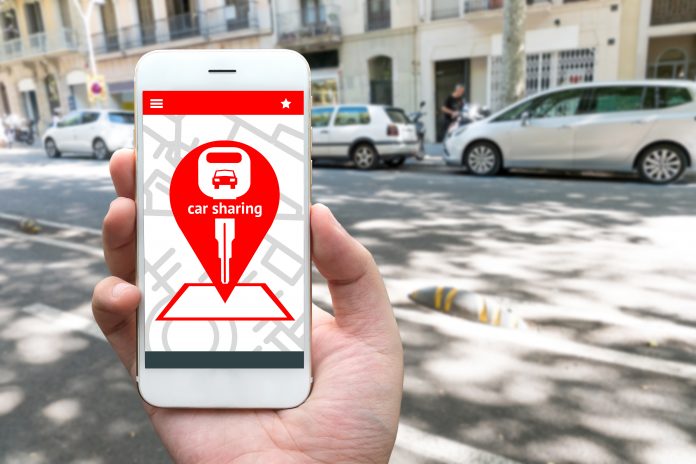
And How Much Do Uber and Lyft Drivers Make Anyway?
The rideshare industry has certainly gained traction over the past several years. At the swipe of a finger and tap of a button, you can hail a car through your smartphone and be picked up at your desired location. For many in urban areas, owning and maintaining a car can be cost-prohibitive, and ridesharing itself is touted as a way to promote community and economic growth. For the person behind the wheel, making money has never been easier. While a lot of the profit and loss depends on the vehicle itself, Lyft and Uber drivers could see some cost savings if they’re driving an electric vehicle, and there’s some analysis to back this up.
The Rocky Mountain Institute says that full-time and highly-active drivers can save over $2,700 per year in maintenance and repair costs just by switching to an EV. Why electric vehicles? Despite carrying a heftier price tag, EVs overall are cheaper to maintain. Because there’s so few moving parts, electric cars don’t suffer routine breakdowns and don’t need regular oil changes, unlike gasoline cars. No gaskets to replace, no cylinder heads to machine, no spark plugs to replace, no valves to clog up. Regenerative braking is less brake pad wear, and less frequent replacement.
RMI’s analysis looked at maintenance and repair costs from data aggregators such as Edmunds and YourMechanic.com, and the numbers are convincing; it estimates that over five years, ridesharing drivers can see savings reach as much as $21,000. Savings in maintenance and repairs offset the cost premium of purchasing an EV over the lifetime of the vehicle. For the ridesharing professional, those costs translate into money on the bottom line.
Of course, how much drivers actually make from Uber or Lyft has been heavily debated as of late. The Massachusetts Institute of Technology published a two-page brief of a forthcoming paper, “The Economics of Ride-Hailing: Driver Revenue, Expenses and Taxes.” The brief explained that through a “detailed analysis” of survey data, the authors, all affiliates of Stanford University in California, had found that the median profit from driving for Uber or Lyft was $3.37 an hour before taxes—well under minimum wage.
According to Reuters, Uber’s chief economist Jonathan Hall claimed that a misleading survey question and “inconsistent logic” meant that the “earnings figures suggested in the paper are less than half the hourly earnings numbers reported in the very survey the paper derives its data from.”
Stephen Zoepf, the paper’s lead, ran the analysis again based on different assumptions, which resulted in median wages between $8.55–$10 an hour after expenses.
“The profit from driving is higher than we initially reported,” wrote Zoepf in a statement on Twitter. Critiques of his original methodology were valid, he said. The revision offers two numbers based on two different methodologies, but both show earnings much higher than the median $3.37 per hour his research initially reported.
Uber, Lyft and Sidecar is a good option for some, either as a side hustle or as a primary job. It is easy to get into the industry, you can work when it’s convenient for you, and you can make a decent gross income depending on how much you want to work. For the ridesharing pro, it all comes down to the wheels you’re driving.
Weigh in: are EVs the way to go?












